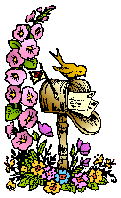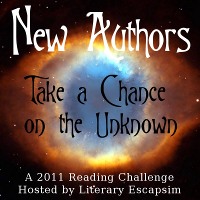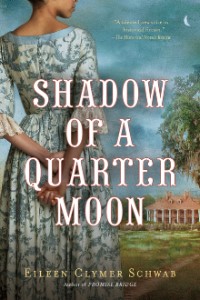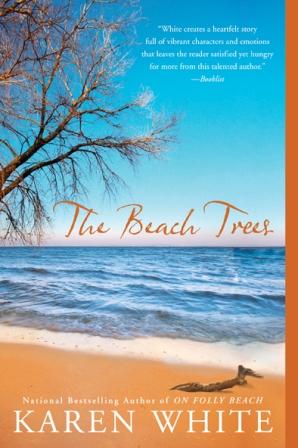
Today we’re (Anna and myself, plus anyone else who plans on joining) going to talk about the first part of the book, plus the first interlude.
I’ve read IT before, but at a younger age and the book scared me silly. However, it didn’t stop me from enjoying the horror genre or reading Stephen King books. I was excited when Anna agreed to a read-a-long of the book, because honestly I don’t think she would have tackled it on her own…simply because of the clown! I could be wrong though. Anyway, I started reading part one and it all flooded back to me and I was right there with old acquaintances in Derry, Maine. What is striking to me is how well King uses third-person omniscient POV. You get to see everything these characters are, have been, and wish to have been, and the fear they have of Derry and the promise they made is powerful.
IT is described as a clown, but there is something darker and sinister about Pennywise — his yellow eyes and sharp teeth — and it seems as though he’s a metaphor for other things in the town, especially when you read about the homosexual bias and other hate that pervades the small town. Is he just a manifestation of the dark undercurrent of the town, or is he a real demon clown bent on killing children? Only time will tell.
For some reason, beyond Stuttering Bill (Georgie’s older brother), Eddie has always been memorable. I think part of it has to do with his wife and how much she resembles his over-protective mother. But at the same time, his wife, Marty, is so dependent upon him. You feel him being pulled in two directions, between his childhood promise and his wife.
One thing I notice now that I probably didn’t notice as a kid is the similarities between Bill Denbrough and Stephen King in terms of writing horror stories. It also made me wonder about whether King had similar thoughts to Denbrough about a teacher, or maybe an agent or publisher, who didn’t appreciate his writing.
Book cover of the edition I read as a kid
These are my initial thoughts, what about you? But first, here are some questions that I’d like to pose:
1. Is this your first time reading Stephen King? If so, what have you enjoyed about the reading so far? How’s the writing? If this is not your first time, what’s brought you back to reading Stephen King?
2. What are your first impressions of the characters you’ve been introduced to so far?
3. Pennywise the Clown lives in dark places like the sewer, do you think he’s real? Scary?
4. How do you feel about the use of an Interlude between the parts? what purpose do you think it serves?
Please feel free to pose your own questions in the comments.
If you’d like to link up to the discussion, please do so in the Mr. Linky below:
In September, on Sept. 28, we’ll be discussing Part 2, plus the interlude on Diary of an Eccentric. For the rest of the schedule, go here.










 About the Author (From
About the Author (From 

 About the Author:
About the Author:

 About the Author:
About the Author:



